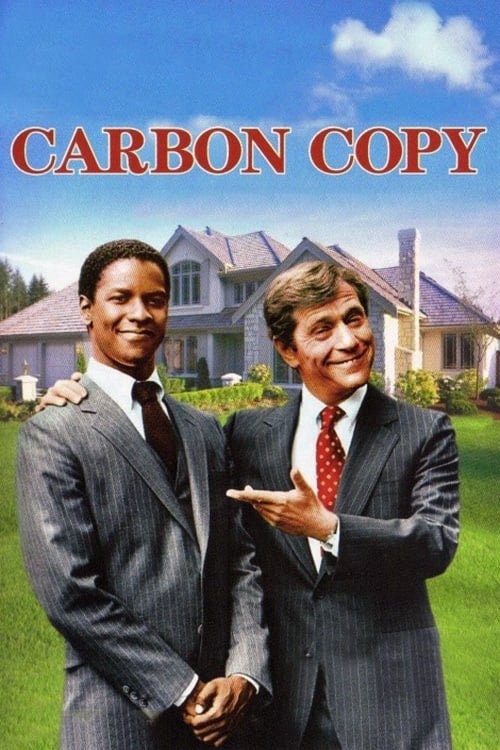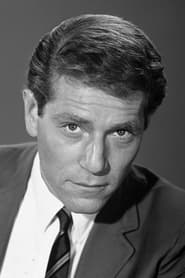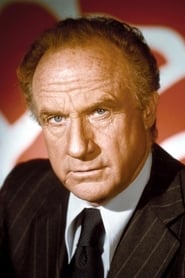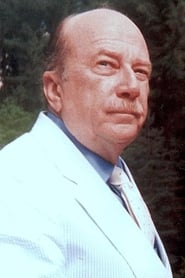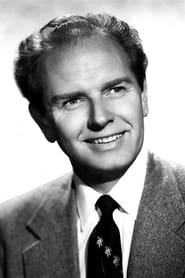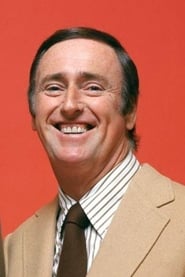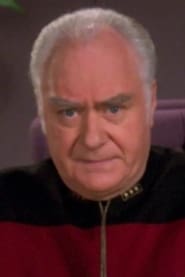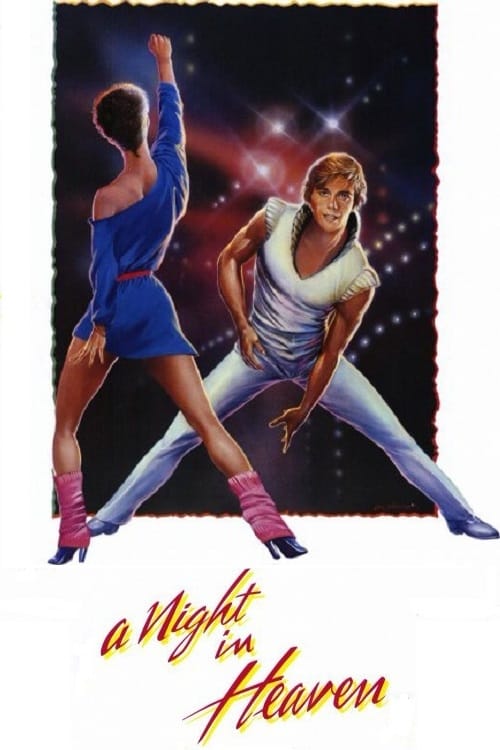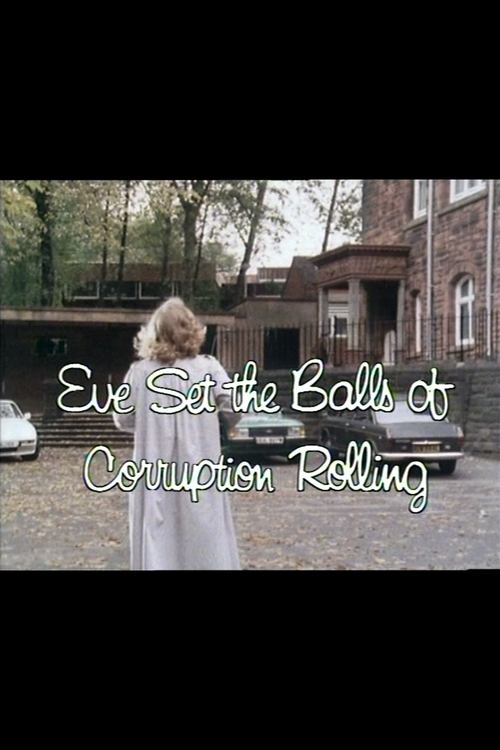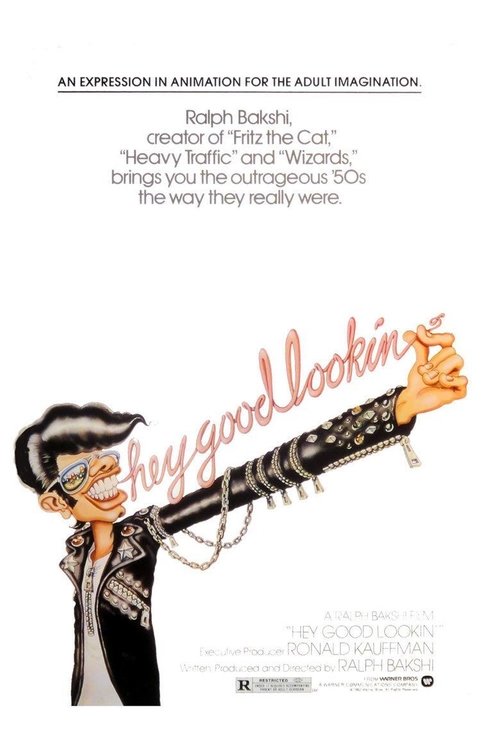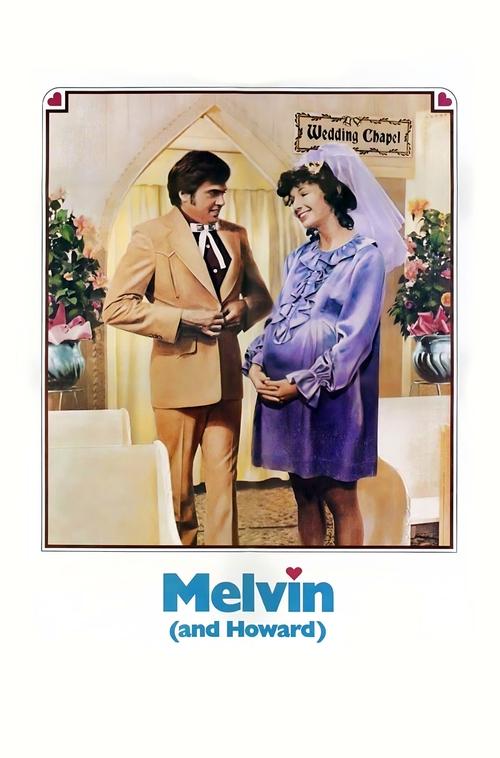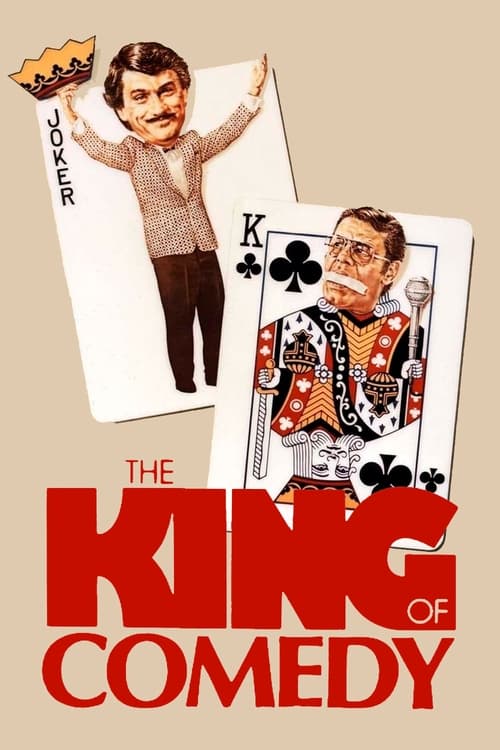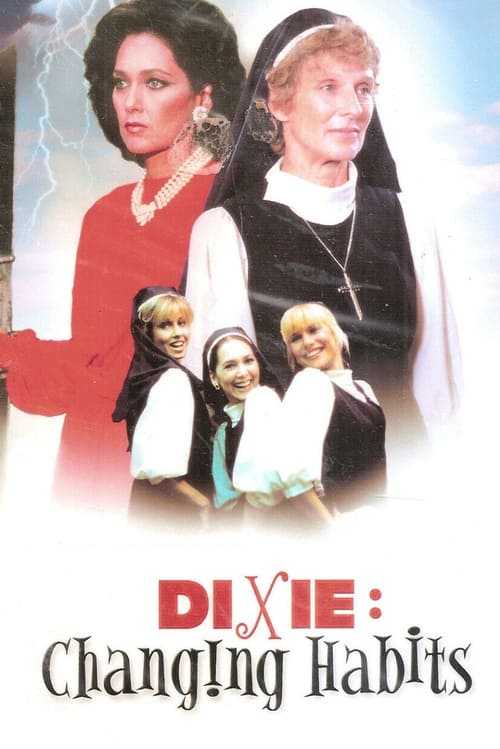
Ask Your Own Question
What is the plot?
In the exclusive, manicured suburb of San Marino, California, in the early 1980s, Walter Whitney lives a life of polished privilege and quiet frustration. His days unfold amid the pristine lawns and gated mansions of this predominantly white enclave, where social conformity is a currency as valuable as the expensive art adorning his home. Walter, a middle-aged corporate executive, is a man caught between worlds--successful and affluent, yet emotionally stifled and burdened by secrets. His marriage to Vivian Whitney is cold and transactional; she is more invested in maintaining their social status than in genuine intimacy, leaving Walter to plead for connection in vain. Their household is further strained by Vivian's daughter, Mary Ann, a disrespectful and obnoxious teenager who adds tension to the already fragile family dynamic.
At Walter's office--a sleek, modern space overlooking the city--he is the picture of corporate success but also a man under pressure. His boss and father-in-law, Nelson Longhurst, is a powerful figure whose racist and anti-Semitic attitudes cast a long shadow over Walter's life. Nelson had forced Walter to change his surname from Wiesenthal, a secret marker of Walter's Jewish heritage, and had implicitly threatened to end Walter's career if he pursued a relationship with a Black woman named Lorraine Porter. This past relationship, kept hidden from the world, is about to resurface in the most unexpected way.
One day, the fragile balance of Walter's life shatters when Roger Porter, a polite but determined 17-year-old African-American teenager, arrives unannounced at Walter's office. Roger reveals himself as Walter's long-lost son, the product of Walter's relationship with Lorraine Porter, who has since died. The revelation hits Walter like a thunderclap. He is stunned, resentful, and overwhelmed by the sudden intrusion of a son he never knew existed. Roger's presence threatens everything Walter has carefully constructed--his marriage, his career, and his social standing.
Walter's initial reaction is one of denial and discomfort, but gradually he agrees to let Roger live with them for the summer, framing it as a foster arrangement. Vivian reluctantly accepts, but the fragile peace is short-lived. When Vivian learns the truth about Roger's paternity, her reaction is fierce and unforgiving. In a charged confrontation, she confronts Walter, her voice sharp with betrayal and anger: "How could you keep this from me? From all of us?" The tension escalates until Vivian kicks Walter out of their luxurious home, shattering his illusion of security.
Walter's troubles multiply when Nelson Longhurst, wielding his power mercilessly, fires Walter for refusing to disown Roger. Nelson's racism and anti-Semitism are laid bare in this brutal act of control. Walter's Rolls-Royce is impounded, his credit cards are cut up, and his assets are frozen. The man who once commanded respect and wielded influence is now stripped of everything. Even Victor Bard, Walter's longtime lawyer and friend, betrays him by dropping Walter as a client and siding with Vivian in the impending divorce.
Desperate, Walter turns to a new lawyer, Bob Garvey, an African-American attorney who delivers a sobering truth: all of Walter's money is tied up in Vivian's and Mary Ann's names. Walter is left with only the cash in his wallet--$68--and the crushing reality that he is financially and socially ruined. Bob Garvey offers a stark diagnosis of Walter's plight: "You're going through a change of color, Mr. Whitney. You don't want to play the game as a white man, so they're going to let you watch it as a black man." This metaphorical "social menopause" marks Walter's fall from grace and his forced confrontation with a world he had long ignored.
With nowhere else to turn, Walter checks into a sleazy, run-down motel with Roger. The stark contrast between his former life and his current reality is palpable. Gone are the luxurious furnishings and manicured lawns; in their place are dingy rooms and cheap furniture. Walter's attempts to find work are met with rejection at every turn. The business community, influenced by Nelson's blacklist, refuses to hire him or grant him a loan. Walter, once a man of power and privilege, is now a social outcast struggling to survive.
In a poignant and humbling moment, Walter takes on day labor cleaning horse stalls, still dressed incongruously in his three-piece suit. Surrounded by hay and manure, he reflects on his new life with a mixture of despair and determination. "I'll shovel it. I'll live in it. But I won't take it," he declares, embodying a resolve to endure and redefine himself despite the humiliation and hardship.
Throughout these trials, Walter and Roger's relationship deepens. The initial awkwardness and resentment give way to mutual support and understanding. Walter confronts the ghosts of his past--his secret Jewish identity, his forbidden relationship with Lorraine, and the racist forces that shaped his life. Roger, too, grapples with his identity and the complexities of belonging to a family and community that had long excluded him.
The film's climax is not marked by violence or dramatic showdowns but by Walter's quiet acceptance of his new reality and his commitment to his son. Though rejected by his former world, Walter finds a new sense of purpose and connection in his relationship with Roger. The final scenes show them together in the motel, facing an uncertain future but united in their determination to overcome the barriers of race, class, and social prejudice.
No further deaths occur beyond the mention of Lorraine Porter, whose passing sets the story in motion. The confrontations--between Walter and Vivian, Walter and Nelson, Walter and his lawyers--are battles of power, betrayal, and identity rather than physical violence. Each confrontation strips away another layer of Walter's former life, exposing the raw truths beneath.
In the end, Carbon Copy is a story of transformation and reconciliation, a candid exploration of race, privilege, and family in America. Walter Whitney's journey from a life of comfortable denial to one of painful acceptance is both a personal reckoning and a broader social commentary. The film closes on a note of hope tempered by realism, with Walter and Roger standing together, ready to face whatever comes next, their bond the true inheritance beyond wealth or status.
More Movies Like This
Browse All Movies →What is the ending?
In the ending of "Carbon Copy," the main character, George, confronts his father, who has been avoiding him. After a series of comedic and dramatic events, George's father, who is a wealthy businessman, finally accepts George as his son. The film concludes with a sense of reconciliation and acceptance between them.
Now, let's delve into the ending in a more detailed narrative fashion:
As the film approaches its climax, George, played by Sidney Poitier, finds himself in a tense confrontation with his father, Walter, portrayed by Donald L. Johnson. Walter, a successful and affluent businessman, has been struggling with the reality of having a son he never acknowledged. The emotional weight of their relationship hangs heavily in the air, filled with unspoken words and unresolved feelings.
In a pivotal scene, George arrives at Walter's office, a sleek and polished environment that starkly contrasts with George's more humble beginnings. The office is filled with the trappings of success--expensive furniture, large windows overlooking the city, and a sense of power that Walter exudes. George, dressed in a simple yet sharp outfit, stands out in this world, embodying both hope and vulnerability.
Walter is initially dismissive, caught off guard by George's unexpected visit. He tries to maintain his composure, but the tension is palpable. George, fueled by a mix of anger and longing, confronts Walter about his absence in his life. He expresses the pain of growing up without a father and the confusion of discovering his identity. The emotional stakes rise as George reveals how he has struggled with feelings of rejection and the desire for acceptance.
Walter, faced with the reality of his son's hurt, begins to soften. The walls he has built around himself start to crumble as he listens to George's heartfelt words. The camera captures the shifting expressions on Walter's face--initial disbelief giving way to regret and finally to a glimmer of understanding. This moment is crucial, as it marks the turning point in their relationship.
As the scene unfolds, George's vulnerability resonates deeply with Walter. He begins to reflect on his own choices and the impact they have had on his son. The dialogue becomes more intimate, revealing Walter's internal conflict and the fear that has kept him from embracing George. The audience can feel the weight of their shared history, the missed opportunities, and the longing for connection.
In a moment of clarity, Walter finally acknowledges George as his son. This acceptance is not just verbal; it is a profound shift in their dynamic. Walter reaches out, and they share a tentative embrace, symbolizing the beginning of a new chapter in their relationship. The camera lingers on this moment, capturing the raw emotion and the sense of relief that washes over both characters.
As the film draws to a close, we see George and Walter walking out of the office together, side by side. The once stark divide between them has begun to close, hinting at the possibility of a future filled with understanding and reconciliation. The final scenes depict them engaging in light-hearted banter, a stark contrast to the earlier tension, suggesting that they are ready to build a relationship based on honesty and acceptance.
In the end, George finds a sense of belonging, while Walter learns the importance of facing his past and embracing his responsibilities. The film concludes with a hopeful note, emphasizing the themes of family, acceptance, and the complexities of identity. Each character leaves the story transformed, with George stepping into his identity as Walter's son, and Walter stepping into the role of a father, ready to embrace the challenges and joys that come with it.
Is there a post-credit scene?
The movie "Carbon Copy," produced in 1981, does not have a post-credit scene. The film concludes without any additional scenes or content after the credits roll. The story wraps up with the main characters resolving their conflicts, particularly focusing on the relationship between the protagonist, a successful businessman named Walter Whitney, and his unexpected son, a young African American man named David. The film ends on a note of acceptance and understanding, emphasizing themes of identity and family, but there are no further scenes or revelations after the credits.
What is the relationship between the main character, Walter Whitney, and his son, who appears unexpectedly?
Walter Whitney, played by George Segal, is a successful and somewhat self-absorbed businessman who is shocked to discover that he has a son named David, portrayed by Denzel Washington. David is a young African American man who shows up at Walter's office, claiming to be his illegitimate son. This revelation forces Walter to confront his past decisions and the implications of his actions, leading to a complex and often humorous dynamic between the two as they navigate their newfound relationship.
How does Walter Whitney react to the news of his son David's existence?
Initially, Walter is in disbelief and struggles to accept the reality of David's claim. He experiences a mix of shock, denial, and embarrassment, particularly because David is a stark contrast to Walter's life and social status. As the story progresses, Walter's emotional state shifts from resistance to curiosity, and eventually to a desire to connect with David, despite the societal and personal challenges they face.
What challenges do Walter and David face due to their racial and social differences?
Walter and David's relationship is complicated by their racial and social differences, which are highlighted throughout the film. Walter, a white businessman, is accustomed to a privileged lifestyle, while David, as a young black man, faces societal prejudices and stereotypes. Their interactions often reveal the stark contrasts in their experiences, leading to moments of tension, misunderstanding, and ultimately growth as they learn to appreciate each other's perspectives.
How does Walter's wife, Ruth, react to the revelation of David's existence?
Ruth, played by Ruth Gordon, initially reacts with skepticism and concern when Walter introduces David as his son. She is worried about the implications of this revelation on their family and social standing. Throughout the film, Ruth's emotional journey reflects her struggle to accept David and the changes he brings into their lives, ultimately leading her to a place of understanding and acceptance as she witnesses the bond forming between Walter and David.
What role does humor play in the interactions between Walter and David?
Humor is a significant element in the interactions between Walter and David, often serving as a coping mechanism for both characters. Their banter is filled with witty exchanges and comedic misunderstandings that highlight their differences and the absurdity of their situation. This humor not only provides levity to the film but also deepens their relationship, allowing them to bond over shared experiences and ultimately bridging the gap between their contrasting worlds.
Is this family friendly?
"Carbon Copy," produced in 1981, is a comedy that explores themes of race, identity, and family dynamics. While it has humorous elements, there are aspects that may not be considered family-friendly for younger audiences or sensitive viewers.
-
Racial Themes: The film addresses issues of race and identity, which may be complex for children to understand. Some scenes involve discussions and situations that highlight racial stereotypes and societal perceptions.
-
Language: There are instances of mild profanity and racial slurs that may be inappropriate for younger viewers.
-
Adult Situations: The film includes references to adult relationships and situations that may not be suitable for children, including discussions about infidelity and personal relationships.
-
Emotional Conflict: Characters experience significant emotional turmoil, including feelings of abandonment and identity crises, which may be distressing for sensitive viewers.
-
Social Commentary: The film contains moments of social commentary that may be heavy or confusing for younger audiences, as it tackles the complexities of family and societal expectations.
Overall, while "Carbon Copy" has comedic elements, its themes and some content may not be appropriate for all children or sensitive viewers.

